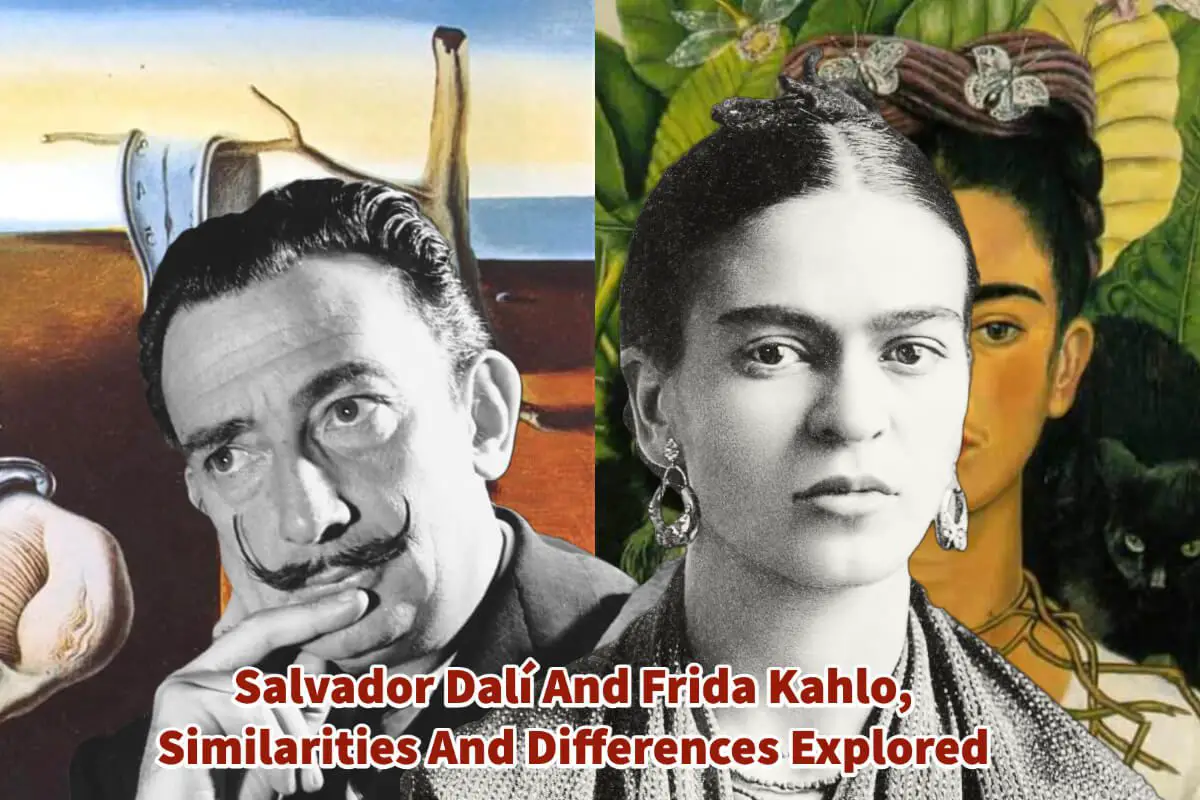Salvador Dalí and Frida Kahlo are two of the most renowned artists of the 20th century, known for their unique styles and contributions to the art world. They are two of the most exciting artists I have studied.
Salvador Dalí was a Spanish surrealist artist known for his melting clocks and dreamlike landscapes. Frida Kahlo was a Mexican painter known for her self-portraits that often depicted her physical pain and emotional turmoil. Both artists were highly influential and made significant contributions to the art world, but their styles and approaches to art were quite different.
Table of Contents
- Unexpected Connections: Exploring The Surprising Similarities Between Salvador Dali And Frida Kahlo
- Unveiling The Contrasts: Exploring The Fascinating Differences Between Salvador Dalí And Frida Kahlo
- The Enduring Influence of Salvador Dalí And Frida Kahlo: How Two Iconic Artists Transformed The Art World
- Frequently Asked Questions
- Related Questions
While both artists were associated with the surrealism movement, Dalí’s work focused more on the subconscious and the bizarre. In contrast, Kahlo’s work was more personal and emotional, often reflecting her experiences and struggles.
Read on to discover more about the similarities and differences between Salvador Dali and Frida Kahlo.
Unexpected Connections: Exploring The Surprising Similarities Between Salvador Dali And Frida Kahlo
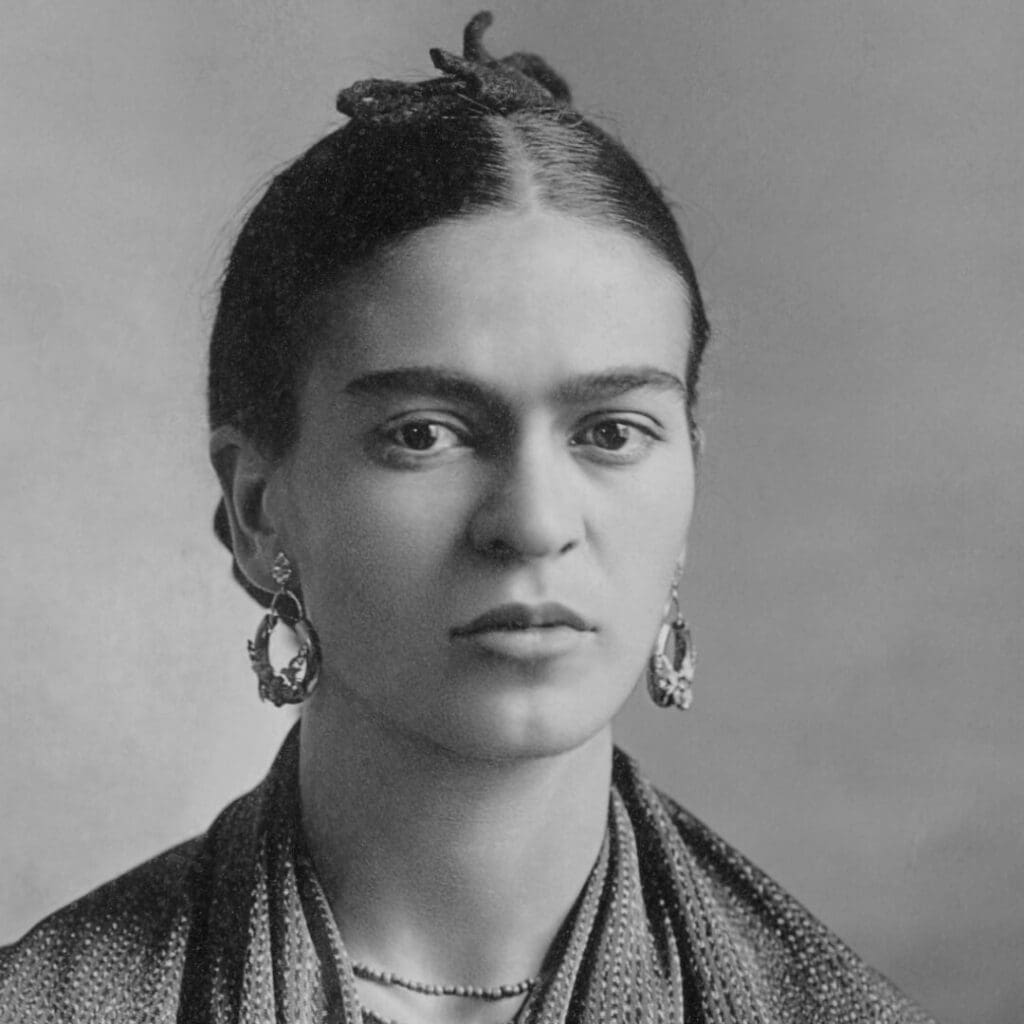
Salvador Dalí and Frida Kahlo shared interests and influences reflected in their respective artistic styles and subjects.
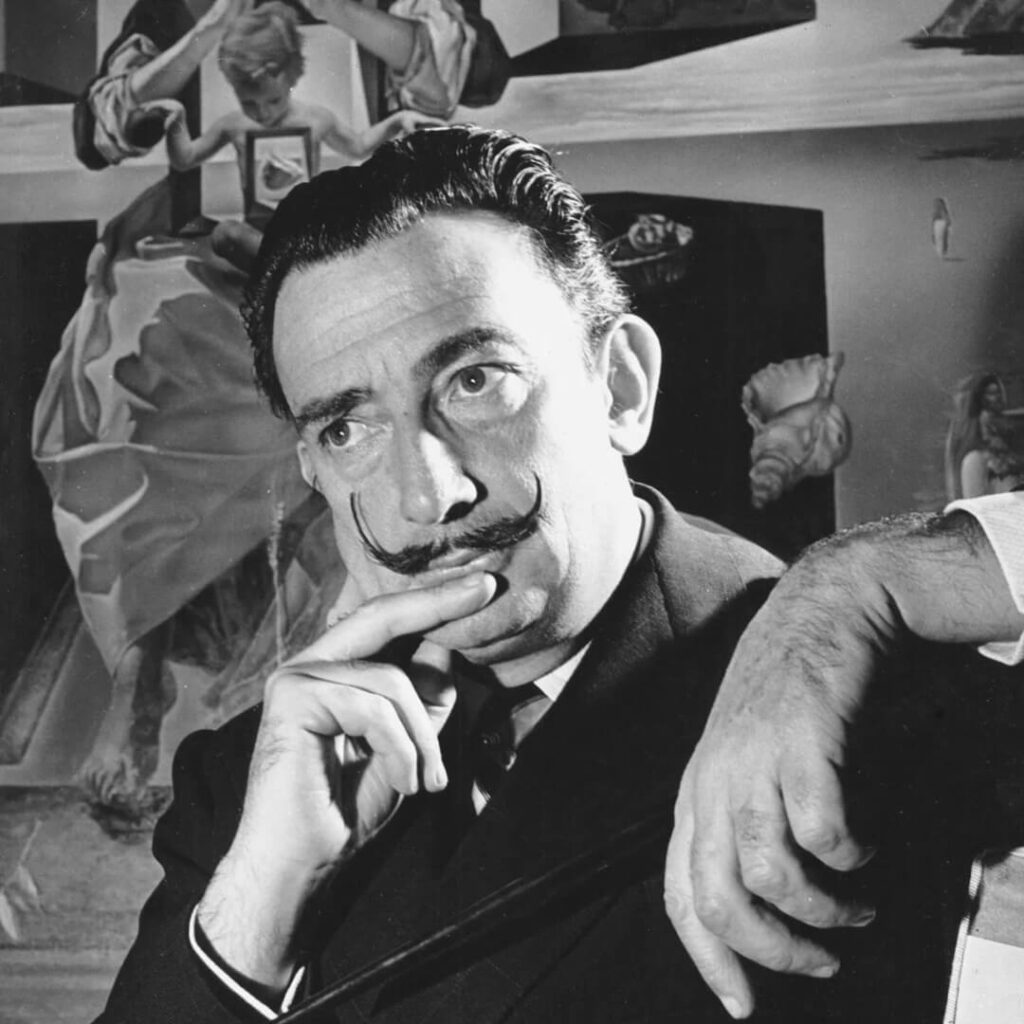
Here are some similarities between the two artists, with an exploration of their shared interests and influences:
Both Salvador Dali And Frida Kahlo Where Associated With The Surrealist Movement
Both Salvador Dalí and Frida Kahlo were associated with the Surrealist movement, which emerged in the 1920s and sought to explore the subconscious mind and the irrational. Both artists used Surrealist techniques, such as dream imagery, to create works that challenged traditional notions of reality and representation.

For example, Dalí’s melting clocks in “The Persistence of Memory” and Kahlo’s use of animals and plants in her self-portraits are quintessential Surrealist motifs.
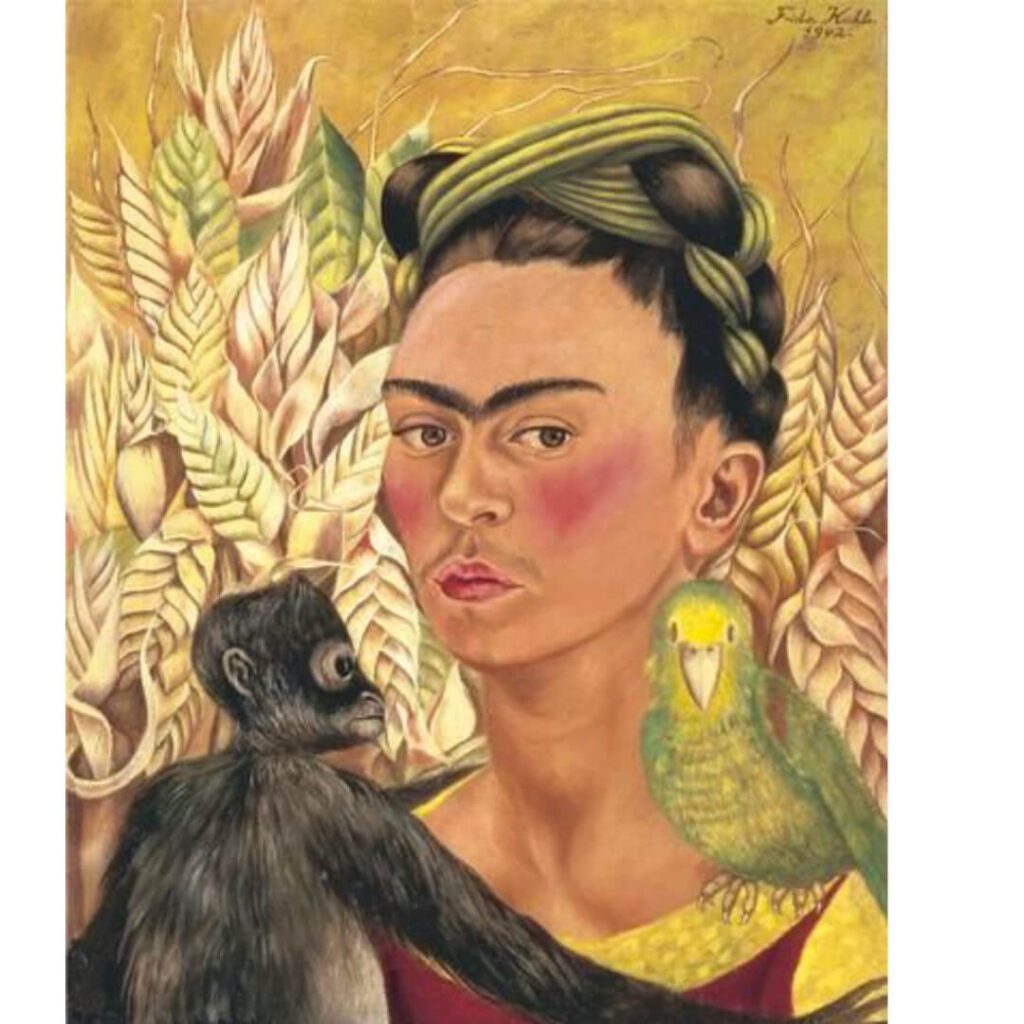
Salvador Dali And Frida Kahlo Drew Inspiration From Mexican Heritage
Both artists drew inspiration from their Mexican heritage and incorporated elements of Mexican culture into their work. Kahlo’s self-portraits often included traditional Mexican clothing and motifs, such as the Tehuana dresses and flowers.
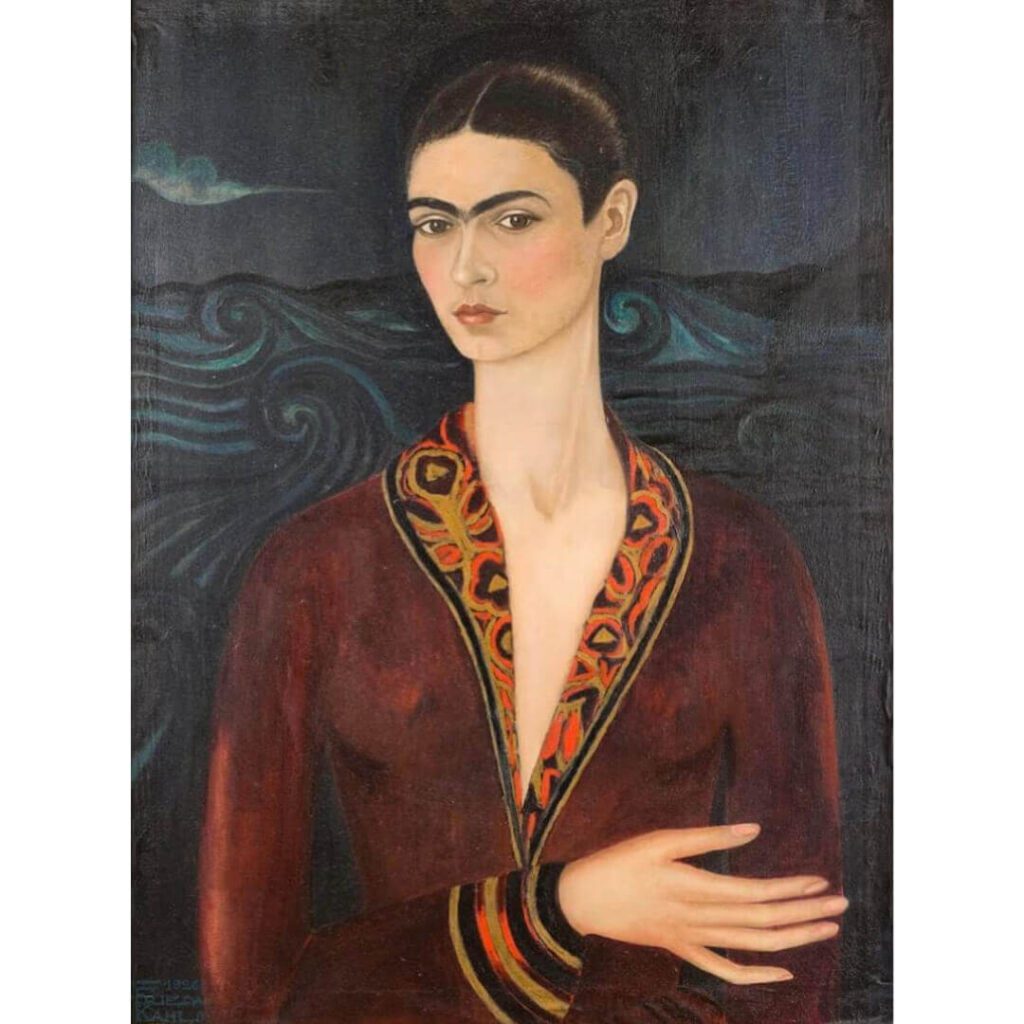
At the same time, Dalí used Mexican landscapes and iconography in his paintings, such as “The Dream.”
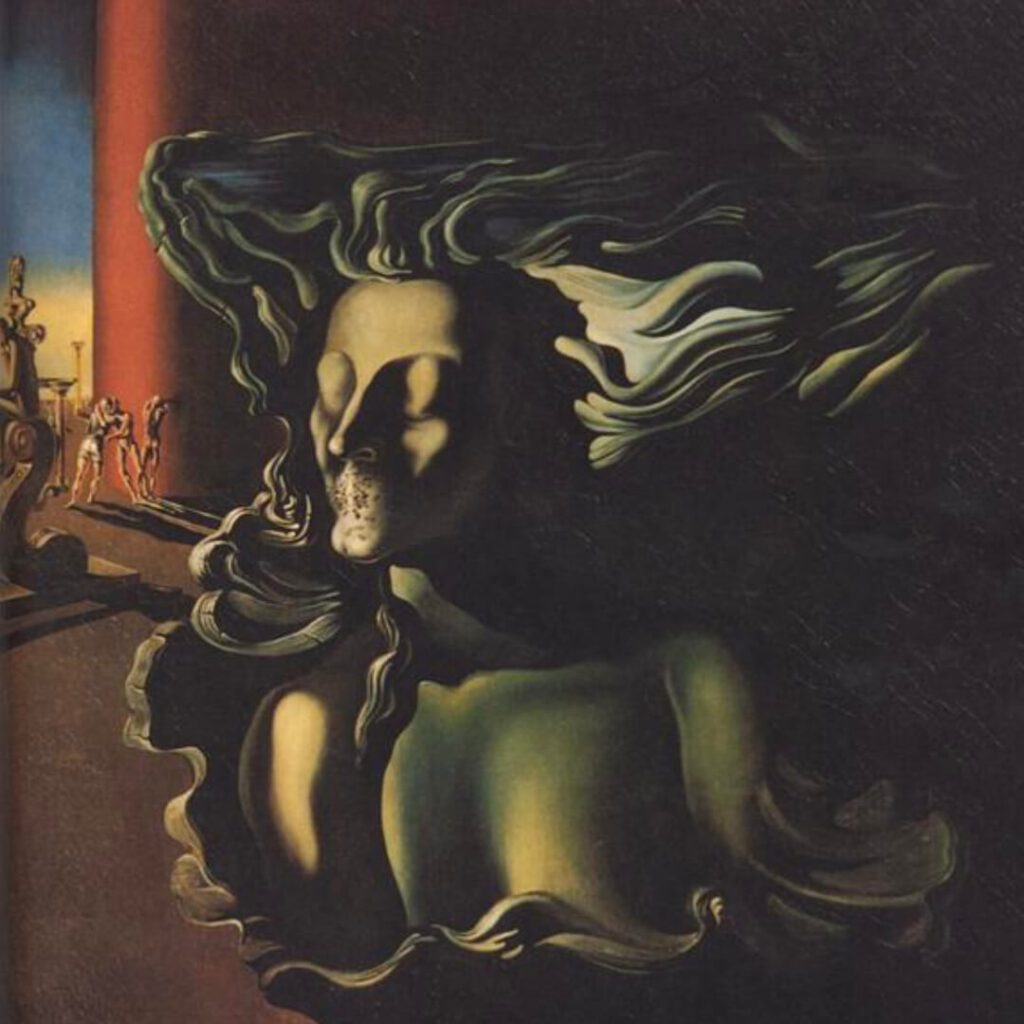
Religion Imagery Was A Common Theme In Both Works
Religious imagery was also a common theme in the works of both Dalí and Kahlo. Dalí, raised Catholic, often used religious symbolism in his paintings, such as the crucifixion in “Christ of Saint John of the Cross.”

Kahlo, who had a mixed religious background, often included Catholic imagery in her self-portraits, such as the thorns and nails in “The Broken Column.”
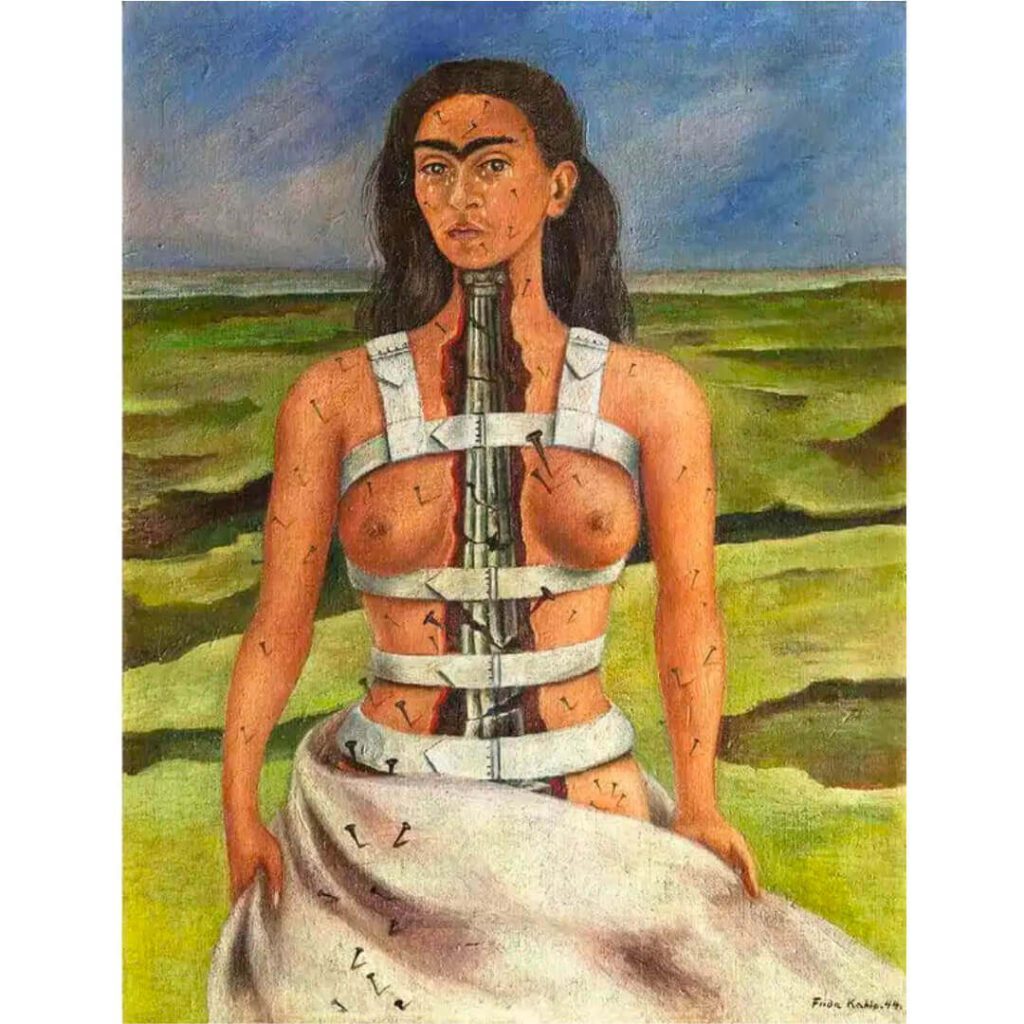
Both Artists Were Politically Engaged
Both artists were politically engaged and used their art to express their views on social and political issues. Dalí, exiled from Spain during the Spanish Civil War, created works that critiqued fascism and totalitarianism, such as “Soft Construction with Boiled Beans.”
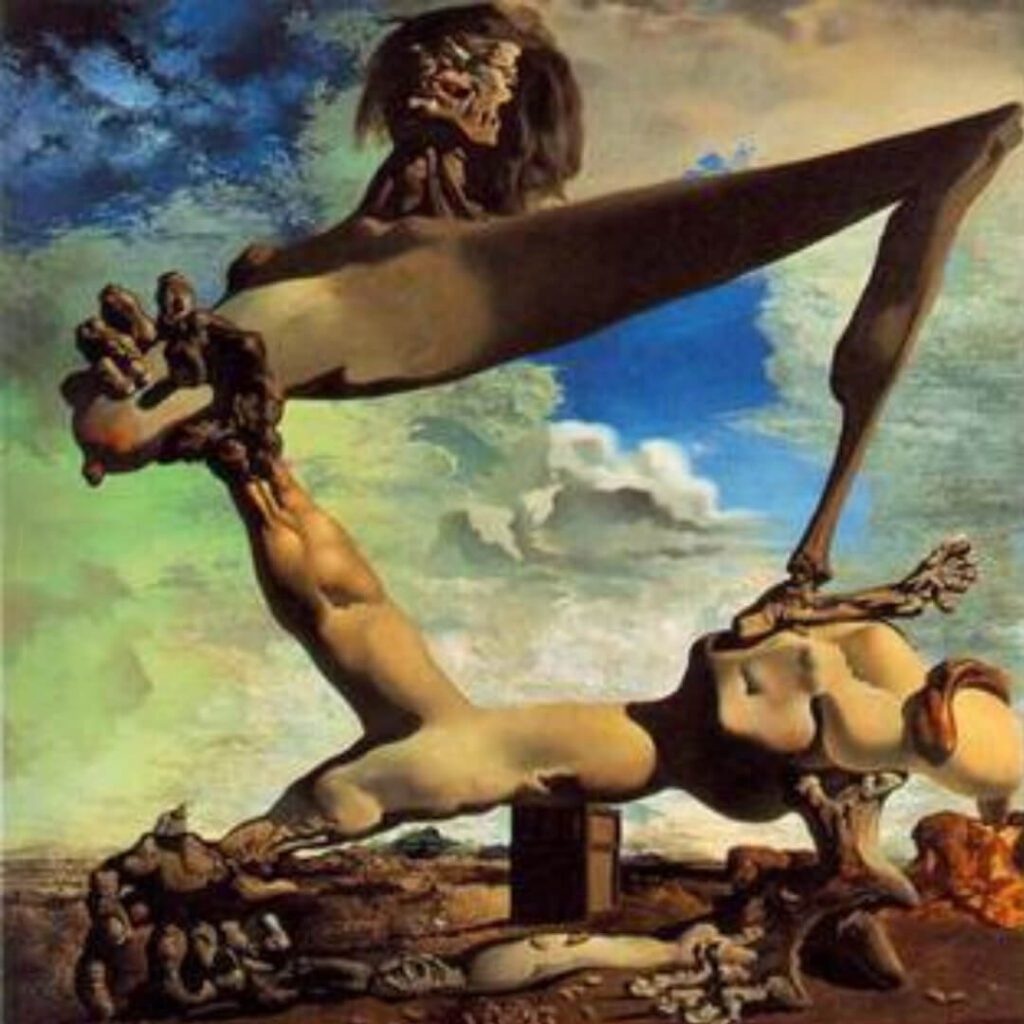
Kahlo, who was a member of the Mexican Communist Party, used her art to express her feminist and socialist beliefs, as seen in works like “Self-Portrait with Thorn Necklace and Hummingbird.”
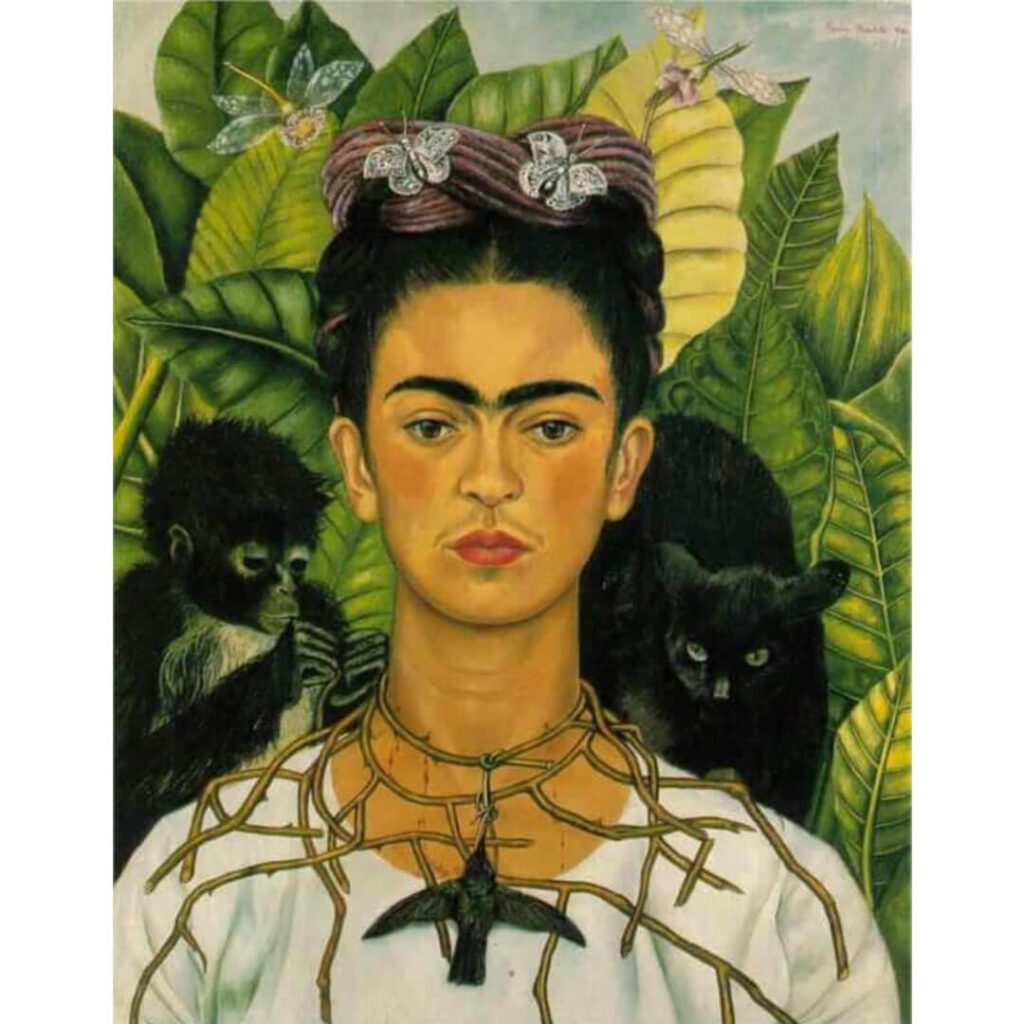
Both Artists Had Common Themes In Their Artwork
Both artists explored common themes, including identity, mortality, sexuality, and dreams. For example, Dalí’s paintings often depicted distorted or fragmented forms that reflected the instability of identity and the subconscious mind.
Kahlo’s self-portraits similarly explored themes of identity, mortality, and the body’s fragility. Both artists also explored themes of sexuality, with Dalí’s paintings often featuring erotic imagery and Kahlo’s self-portraits often depicting her sexuality and desire.
Salvador Dalí and Frida Kahlo shared interests and influences, including Surrealism, Mexican culture, religion, and politics. Their art explored a range of common themes, such as identity, mortality, sexuality, and dreams, and both artists used their work to challenge traditional notions of reality and representation.
Unveiling The Contrasts: Exploring The Fascinating Differences Between Salvador Dalí And Frida Kahlo
Salvador Dalí and Frida Kahlo are two of the most influential artists of the 20th century, each with unique styles and personal lives. Even though they had similarities, they also had a lot of distinct differences.
Salvador Dali And Frida Kahlo Had Unique Styles And Techniques
Salvador Dalí’s style was known for its precision and realistic renderings, while Frida Kahlo’s work was more folk-art-inspired, with symbolic imagery.

For example, Dalí’s “The Persistence of Memory” is known for its precise and realistic renderings.

At the same time, Kahlo’s “Self-Portrait with Thorn Necklace and Hummingbird” features a symbolic representation of her emotions.
Dalí often incorporated surrealist elements into his work, such as distorted forms and melting objects, while Kahlo frequently used self-portraiture to explore her identity and physical pain.
Their Personal Lives Affected Their Art Differently
The personal lives of Salvador Dalí and Frida Kahlo were vastly different. Dalí was known for his flamboyant personality and obsession with fame, while Kahlo struggled with health issues and tumultuous relationships.
Dalí often courted controversy with his provocative and often surreal imagery, while Kahlo used her art to explore her experiences and emotions.
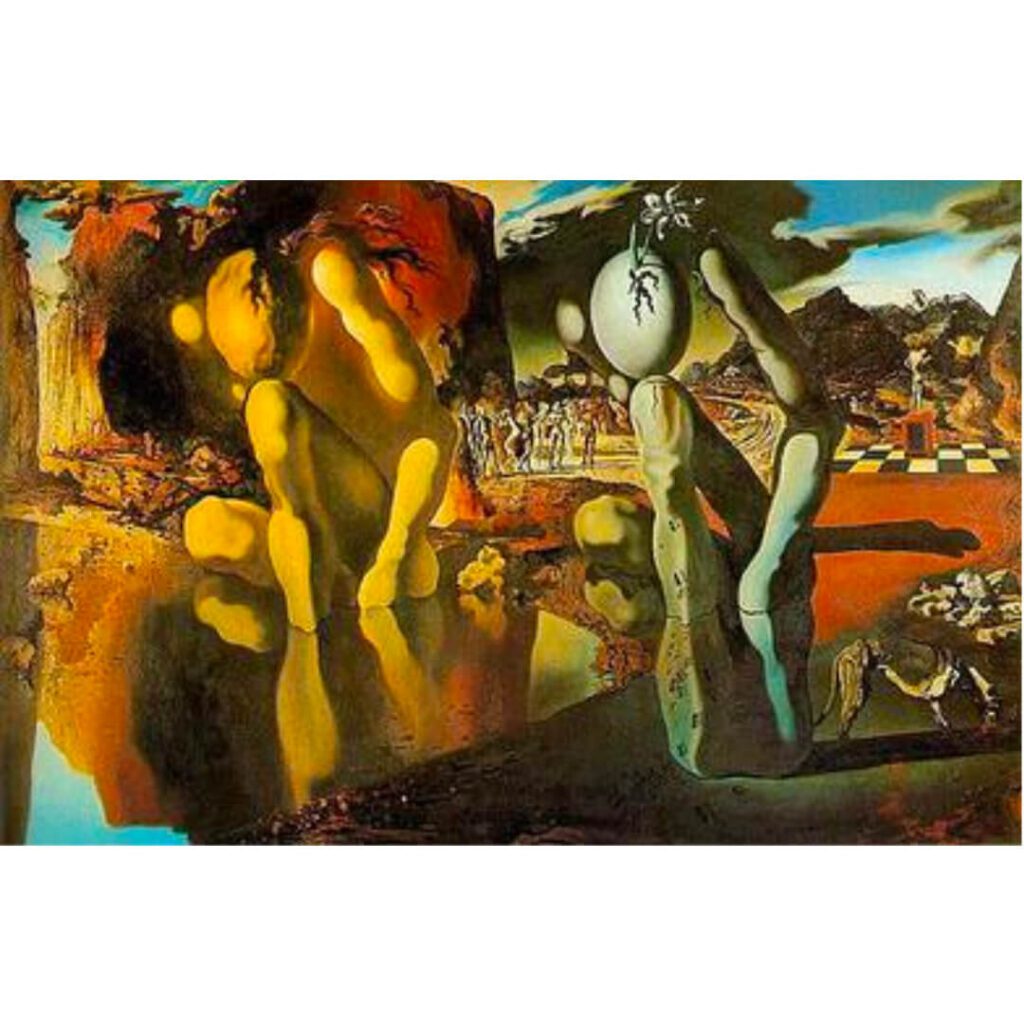
For example, Dalí’s “Metamorphosis of Narcissus” depicts his fascination with the subconscious mind and his image.
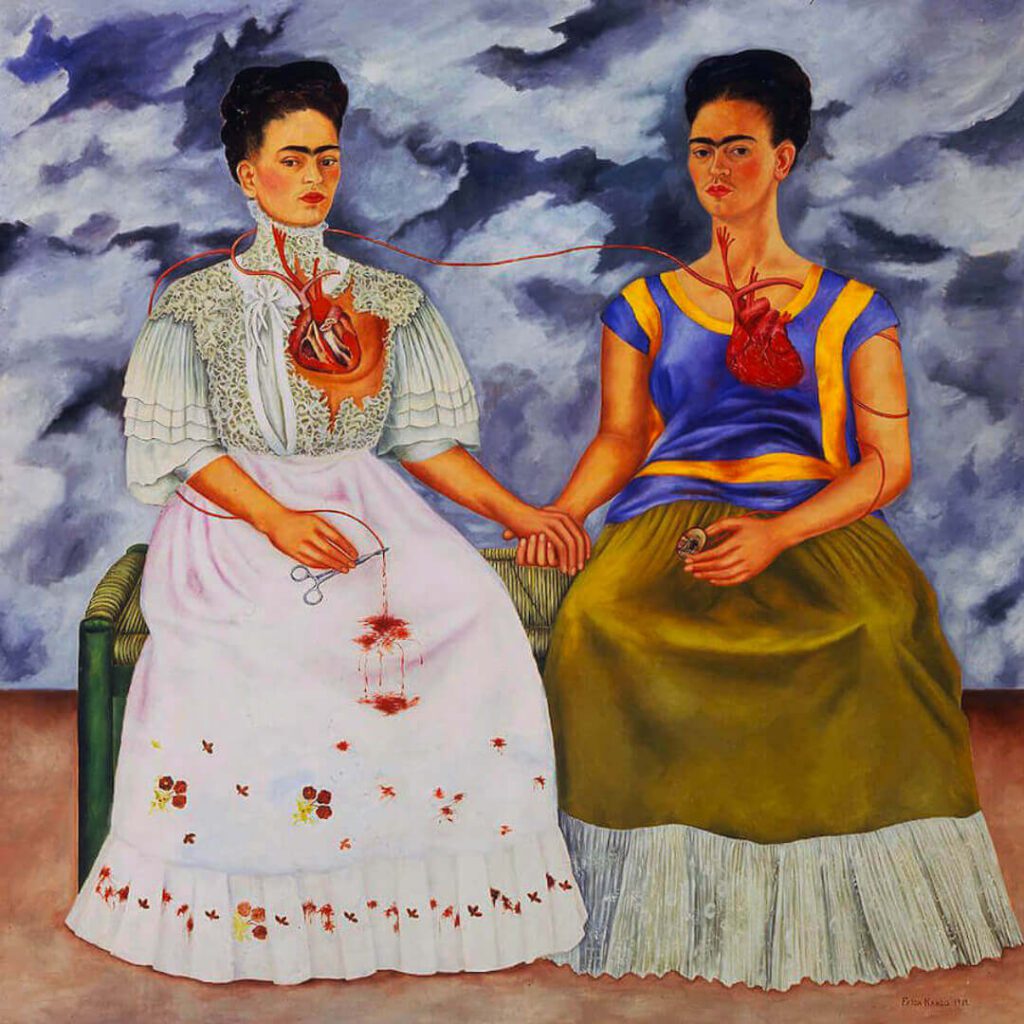
At the same time, Kahlo’s “The Two Fridas” explores her identity and the turmoil she experienced after her divorce from Diego Rivera.
The differences between Salvador Dalí and Frida Kahlo are evident in their unique styles and personal lives. While both artists contributed significantly to the art world, their approaches and techniques differed vastly.
Dalí’s precise and realistic renderings and surrealistic elements challenged traditional notions of reality and representation. Kahlo’s more symbolic imagery and frequent self-portraiture gave voice to her experiences and emotions.
By examining their unique styles and techniques and comparing their personal lives, we gain a deeper appreciation for the distinctive contributions of these two iconic artists.
The Enduring Influence of Salvador Dalí And Frida Kahlo: How Two Iconic Artists Transformed The Art World
Salvador Dalí and Frida Kahlo continue to have a profound impact on the art world and beyond, with their works inspiring future generations of artists and becoming iconic symbols of their respective movements.
Dalí’s contributions to Surrealism challenged traditional notions of reality and representation, and his use of dream imagery and distorted forms continues to influence artists today. His technical precision and use of traditional painting techniques also helped to elevate Surrealism to a respected art form. Dalí’s legacy extends beyond the art world, as his influence can be seen in popular culture, fashion, and advertising.
Similarly, Frida Kahlo’s self-portraits and use of symbolic imagery have inspired generations of artists, particularly women and artists of color. Her focus on her own experiences and emotions paved the way for the feminist and identity art movements of the 1960s and 1970s. Her work resonates with audiences today, particularly those identifying with her experiences as a woman, Mexican, and disabled artist.
Both Salvador Dalí and Frida Kahlo hold an important place in art history because of their innovative approaches to art and their profound impact on their respective movements. They challenged traditional notions of representation, explored the subconscious mind, and used their personal experiences to inspire their work. Their contributions to Surrealism and identity art continue to influence artists and shape how we think about art and representation.
The impact and legacy of Salvador Dalí and Frida Kahlo cannot be overstated. Their works inspire and challenge future generations and hold an important place in art history. Their contributions have helped shape how we think about representation, identity, and the artist’s role in society.
Anita Louise Art is dedicated to art education, great artists, and inspiring others to find and create their art. We love art that uplifts and inspires. #ArtToMakeYouSmile! #ArtToMakeYouHappy!
If you are interested in seeing any of my art, you can find out more by clicking here. If you are interested in what inspires me and my paintings, you can discover more by clicking here.
We have a free newsletter and would love you to be part of our community; you can subscribe to the newsletter by clicking here. If you have any questions, I would be happy to talk to you anytime. You can reach me, Anita, by clicking here.
Subscribe to our Anita Louise Art YouTube Channel filled with great videos and information by clicking here.
Join us for our podcast “5 Minutes With Art.” Spend just 5 minutes a week with us to discover and learn about great art and artists. You can find out more about our podcast by clicking here.
Frequently Asked Questions
Who were Salvador Dalí and Frida Kahlo?
Salvador Dalí was a Spanish surrealist artist known for his bizarre and striking images, like melting clocks in “The Persistence of Memory.” Frida Kahlo was a Mexican artist best known for her self-portraits that often depicted her physical and psychological suffering.
How were Dalí and Kahlo similar?
Both artists are known for their unique painting styles and their ability to convey deep personal and psychological experiences through their work. They both also worked outside the mainstream art world, developing their own distinct and recognizable styles.
Did Dalí and Kahlo know each other?
There’s no historical record of Dalí and Kahlo having met, but they were contemporaries and were likely aware of each other’s work.
Did Dalí and Kahlo share similar themes in their work?
Both artists frequently explored themes of identity, physical and psychological pain, and the subconscious mind in their work. However, they approached these themes in distinct ways.
How did Salvador Dalí influence the art world?
Dalí is considered one of the main figures in the Surrealist movement. His dreamlike images, combined with his eccentric personality, had a major influence on the development of Surrealism and had a lasting impact on the art world.
How did Frida Kahlo influence the art world?
Kahlo is celebrated for her exploration of identity, gender, post-colonialism, and the female experience. Her self-portraits have had a significant influence on feminist art and symbolism.
How did Dalí and Kahlo express their personal experiences in their art?
Dalí often used symbols and bizarre, dreamlike scenarios to represent his inner thoughts and fears. Kahlo’s work, on the other hand, was more direct, with self-portraits that showed her physical pain and emotional suffering.
What are some of the most well-known works of Dalí and Kahlo?
Dalí’s most famous work is probably “The Persistence of Memory,” featuring melting clocks. Kahlo’s best-known works include “The Two Fridas” and “The Broken Column,” both emotional self-portraits.
Were Dalí and Kahlo involved in any art movements?
Dalí was a prominent figure in the Surrealist movement, while Kahlo’s work is often associated with Surrealism, though she herself rejected the label. Instead, she considered her work to be a realistic depiction of her experiences and emotions.
Related Questions
10 Emotionally Powerful Paintings
When we look at art, it should be something that evokes some meaning or emotion in us. Many of the world’s great artists have created works of art that evoke in us powerful emotions.
Throughout the world, artists have given us many emotional paintings. Whether it was their own emotions, they were feeling as in The Scream by Edvard Munch or through a Biblical story as The Prodigal Son By Rembrandt.
By clicking here, you can learn more by reading 10 Emotionally Powerful Paintings.
Was The Mexican Artist Frida Kahlo (1907-1954) A Surrealism Artist?
Frida Kahlo had a life that was filled with pain and suffering. She painted her pain and suffering on canvas. Andre Breton, head of the Surrealism movement, mistakenly labeled Friday Kahlo as a Surrealism Artist. Frida Kahlo never considered her art to be Surrealism Art.
By clicking here, you can learn more by reading Was The Mexican Artist Frida Kahlo (1907-1954) A Surrealism Artist?.
Who Was The Mexican Artist Frida Kahlo (1907-1954)?
Frida Kahlo is one of Mexico’s premier artists. She suffered from polio and was in a bus accident that left her in great pain. Kahlo married the famous Mexican artist Diego Rivera. She is well known for her self-portraits that depict pain and suffering but are also filled with passion and bright, bold, vibrant colors. Her art is a personal statement of her life, painting, and culture.
By clicking here, you can learn more by reading Who Was The Mexican Artist Frida Kahlo (1907-1954)?.

